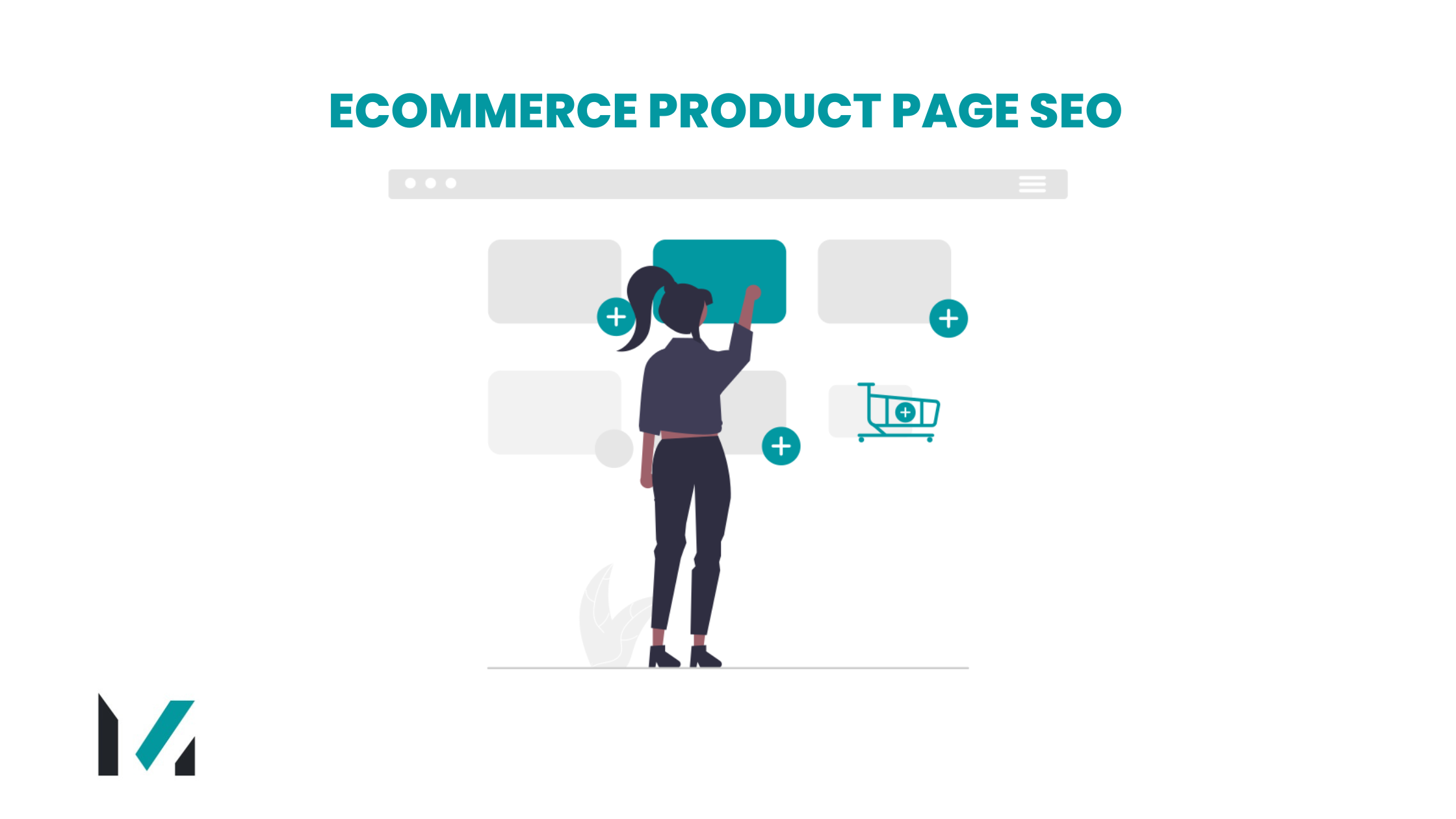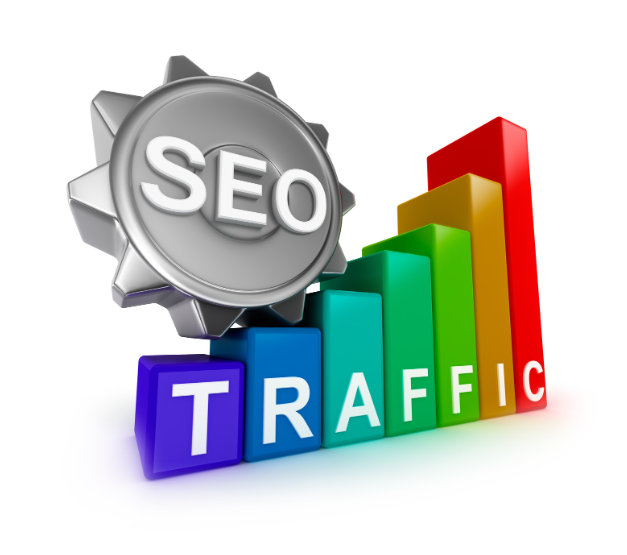In the competitive landscape of E-commerce, optimizing product pages for search engines is crucial for attracting potential customers. This blog explores the best practices for SEO on E-commerce product pages, helping you enhance visibility and drive organic traffic.
II. Understanding the Role of Product Pages in SEO
Product pages are the backbone of any E-commerce site. They not only showcase your offerings but significantly impact your website’s overall SEO. Each well-optimized product page contributes to a higher search engine ranking, drawing more visitors to your site.
III. Keyword Research for E-commerce Product Pages
Conducting thorough keyword research is the foundation of successful SEO. Identify relevant, high-converting keywords to strategically place in your product pages. Utilize tools like Google Keyword Planner and SEMrush to discover valuable keywords.
IV. On-Page SEO Techniques
Optimizing title tags, meta descriptions, and header tags is crucial for on-page SEO. Crafting compelling meta information not only improves search engine visibility but also entices users to click through to your product pages.
V. Unique Product Descriptions for SEO
Craft unique and persuasive product descriptions that seamlessly integrate your target keywords. Avoid duplicate content, as search engines penalize repetitive information. Engaging product descriptions not only improve SEO but also enhance the user experience.
VI. User Experience (UX) and SEO
Page load speed and mobile responsiveness directly influence SEO rankings. Prioritize a user-friendly design and navigation, ensuring a seamless experience for both desktop and mobile users.
VII. Product Reviews and Ratings
Positive reviews and high ratings boost the credibility of your product pages. Encourage customers to leave reviews and promptly respond to feedback. This not only builds trust but also positively influences search engine rankings.
VIII. Internal Linking Strategies
Implementing a well-thought-out internal linking strategy connects your product pages and improves navigation. This not only aids SEO but also enhances the user journey, encouraging visitors to explore more of your offerings.
IX. Rich Snippets and Schema Markup
Utilize rich snippets to provide users with more information directly on the search results page. Implementing schema markup for product pages enhances search engine understanding, potentially leading to higher visibility in rich snippets.
X. Technical SEO Considerations
Ensure technical aspects such as canonical tags, handling pagination, and SSL certification are in place. Addressing these technicalities helps search engines index your product pages correctly and positively impacts SEO.
XI. Monitoring and Analyzing Performance
Regularly monitor your E-commerce site’s performance using tools like Google Analytics. Track key performance indicators (KPIs) such as organic traffic, conversion rates, and bounce rates. Use this data to make informed decisions for ongoing optimization.
Takeaway
Optimizing product pages for SEO is an ongoing process that requires dedication and adaptability. By implementing these best practices, you can improve your E-commerce site’s visibility, attract more visitors, and ultimately increase sales.
Elevate your online presence with Web Boost Online – your trusted partner for SEO services. Experience the power of effective optimization and watch your website soar to new heights!











